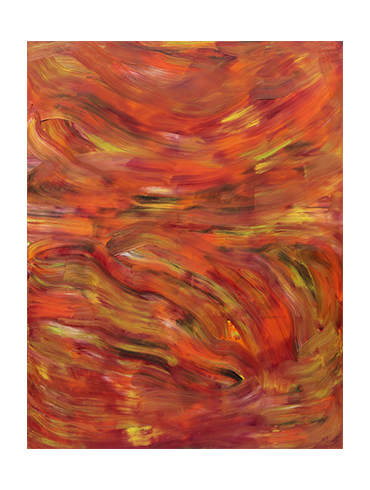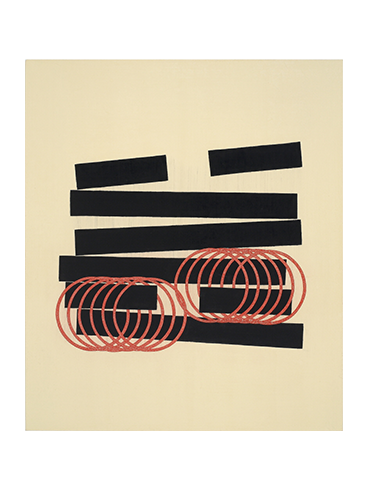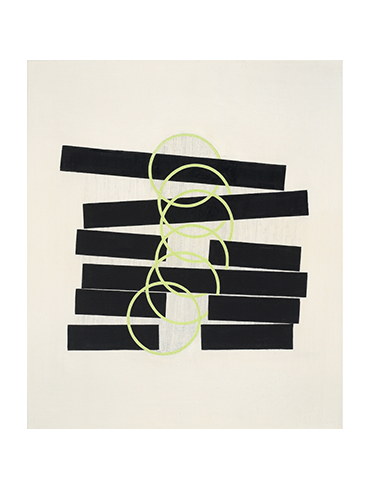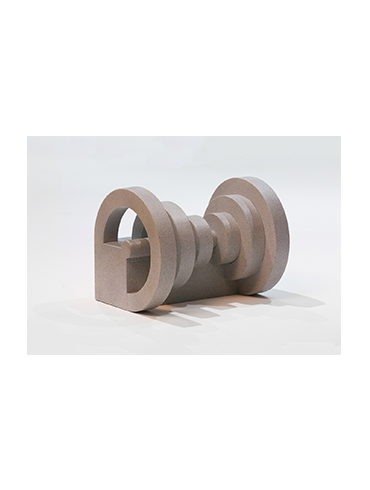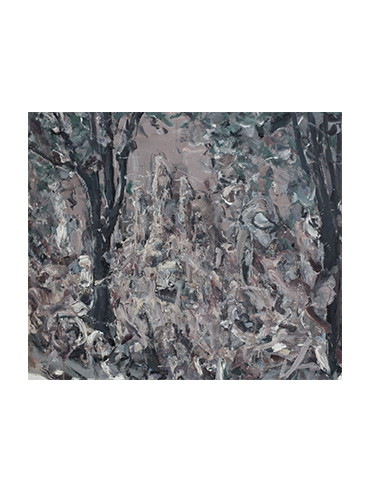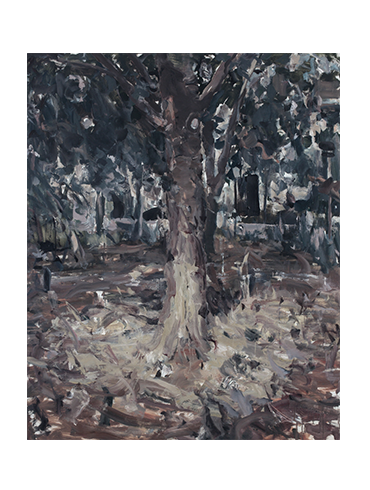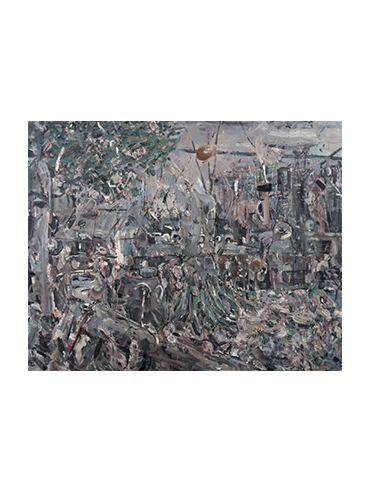지난 세기의 끝자락에서부터 가속화된 디지털 테크놀로지의 확산과 그로 인한 오늘날의 새로운 “시각적 유대”를 공공연히 말하는 사람들은, 황무지 같은 현실을 재설정하여 미래를 일궈낼 주체의 새로운 감각에 대해 내심 기대를 거는 듯 하다. 또 누구는, 동시대의 시각예술에서 지난 세기의 예술적 형식들이 재출현하고 병합되는 일련의 흐름을 진단하면서 그것이 바로 과거의 이데올로기적 관습에서 벗어난 디지털 커뮤니케이션 네트워크의 새로운 작동 원리임을 앞세운다. 이처럼 미래와 단절된 채 지독히도 허망하게 시작한 새로운 세기는, 유독 빈곤하고 불확정적인 자신의 “현실”에 주목하고 있다. 말하자면, 앞선 세기가 베일에 가려진 “실재”에 대한 치열한 논쟁을 부추겼다면, 새로운 세기의 첫 장은, 도리어 실재를 상상할 수조차 없이 암흑 혹은 블랙홀처럼 봉인 해제된 현실에서 스스로를 재인식할 수 있는 새로운 감각과 주체성을 촉구한다. 때문에, 2010년대 한국미술의 지형을 흔들어 놓은 굵직한 파동을 체험한 이들이라면 누구나 공유하고 있을 새로운 시각적 감성 혹은 감각이라는 화두로 망설임 없이 대화를 시작할 수 있을 것이다.
그런 의미에서, 학고재 갤러리가 2010년에 이어 두 번째 기획한 전시 《직관 2017》은, 흐릿하게 열화된 현실과 마주하려는, 이제 막 시작된 새로운 세기의 시각적 유대와 그것이 창출하는 지속적인 가치를 가늠해 보려는 시도로 보인다. 이번 전시에는 여섯 명의 작가가 참여하였는데, 그 중 다섯 명이 80년대 생이지만 그렇다고 그것이 어떤 세대의 특이성을 나타내는 절대적인 범주로 작용하기 보다는, 역으로 그 범주 안에 종속돼 있는 동시대적 감각으로서 주체들의 새로운 인식의 가능성을 시사한다. 이는 “스스로를 감각하는 사물로 제시하고, 사물을 감각할 줄 아는 것으로 받아들이기야 말로 동시대적 감각의 새로운 경험”이라고 진단한 페르니올라Mario Perniola의 말을 인용해, 그러한 감각이 그려내는 이미지들은 현실의 재현이 아니라 “현실세계의 파편”임을 강조한 슈타이얼Hito Steyerl의 논의와 붙여놓고 살펴볼 만하다.
이브 본푸아Yve Bonnefoy의 시에서 바디우가 인용해온 “지워버린 길들”이라는 표현은, 기묘한 미소로 실재의 의미 부재를 향해 달려가는 열정적인 20세기의 풍경을 함축하고 있다. 바디우는 부재의 상태에서 알 수 없는 희망의 문턱을 넘는/넘어야 하는 아이러니를 20세기의 주체적 격언이 아닌가 사유한다. 또한 만델스탐의 시 마지막 부분을 인용하면서 20세기는 “감옥이면서 동시에 새로운 날”이었음을 말한다. 그리고 새로운 날들의 시작은, “관절이 굳어버린 하루하루의 무릎들을 피리(예술)가 하나로 모아야” 성사된다. 지금은 21세기다. 100년이 훌쩍 지난. 그렇게 새로 시작된 날들이 잿빛 폐허가 되어 오늘 우리 시대의 토양이 되었다. 어쩌면 세기의 비극이 다시 반복된 것도 같다. 우리는 지금, 지워버린 길들 위에서, 흐릿한 현실과 마주해야 하는, 그리고 (바디우의 표현을 빌어) 미래의 약속도 순수한 향수도 아닌 “그대로의 기다림” 속에서 현실의 피리 소리를 듣게 될 것이다. 이 불쌍한, 새로운 날들의 문턱에 서서.
"직관 2017: 새로움에 대하여" 발췌 l 안소연, 미술 평론가







